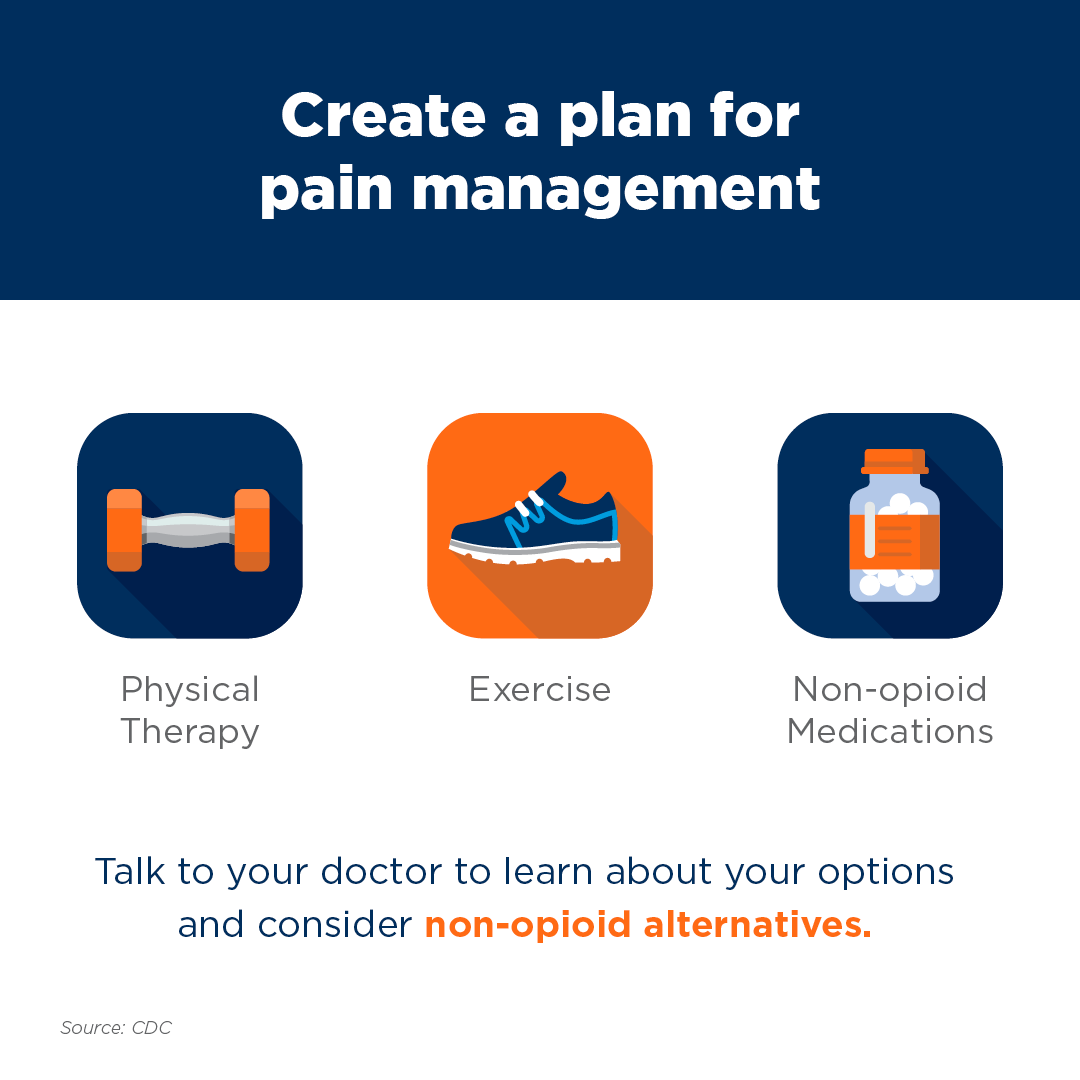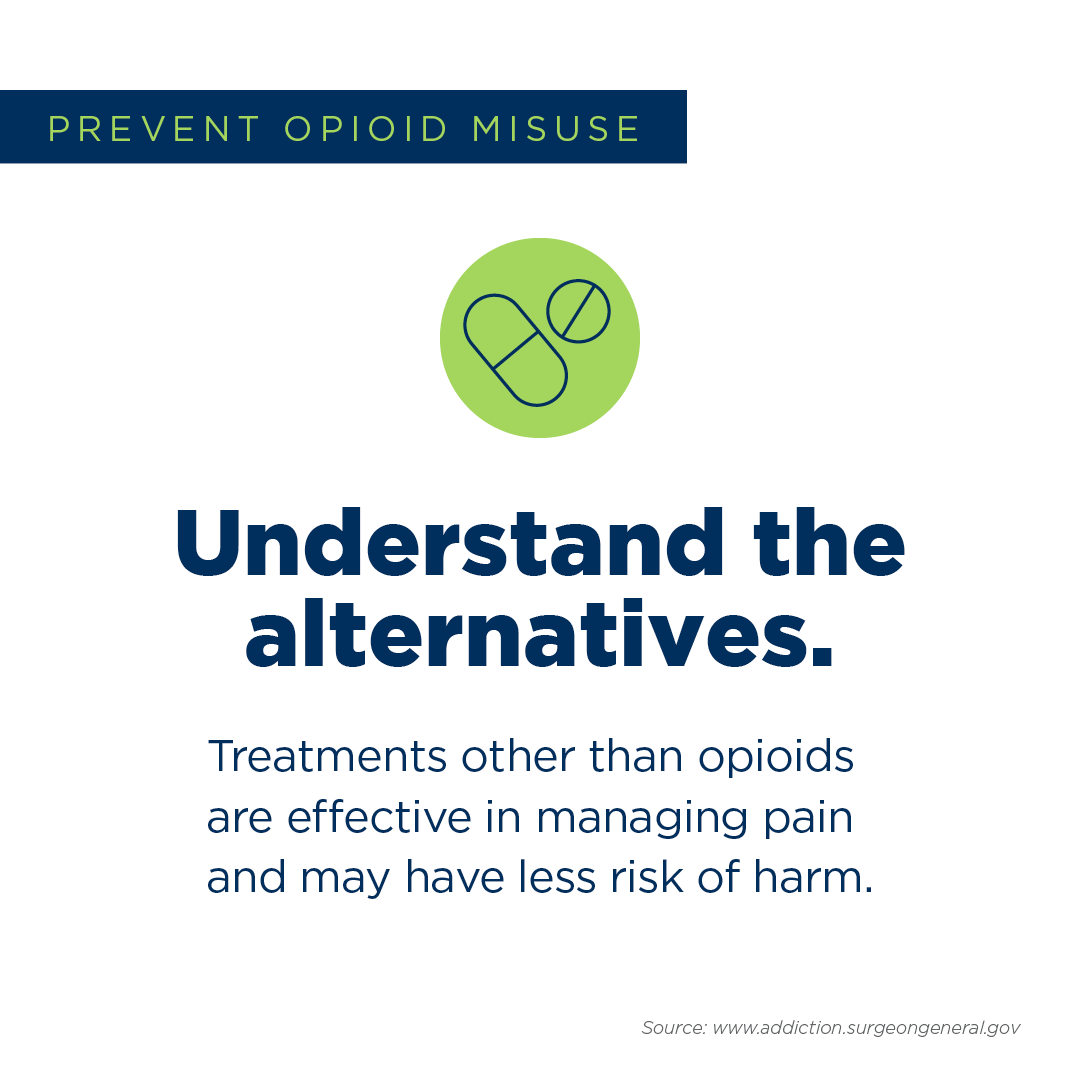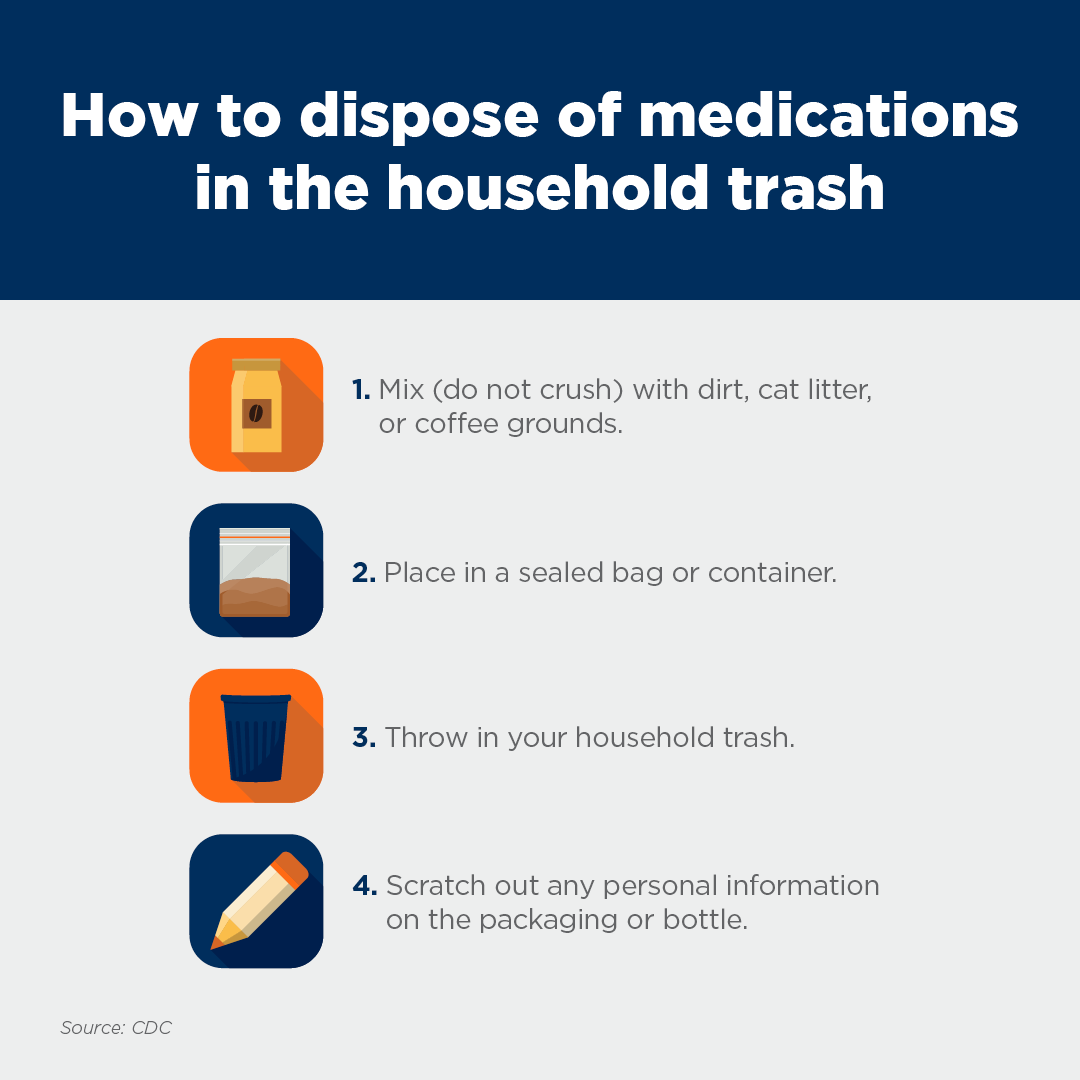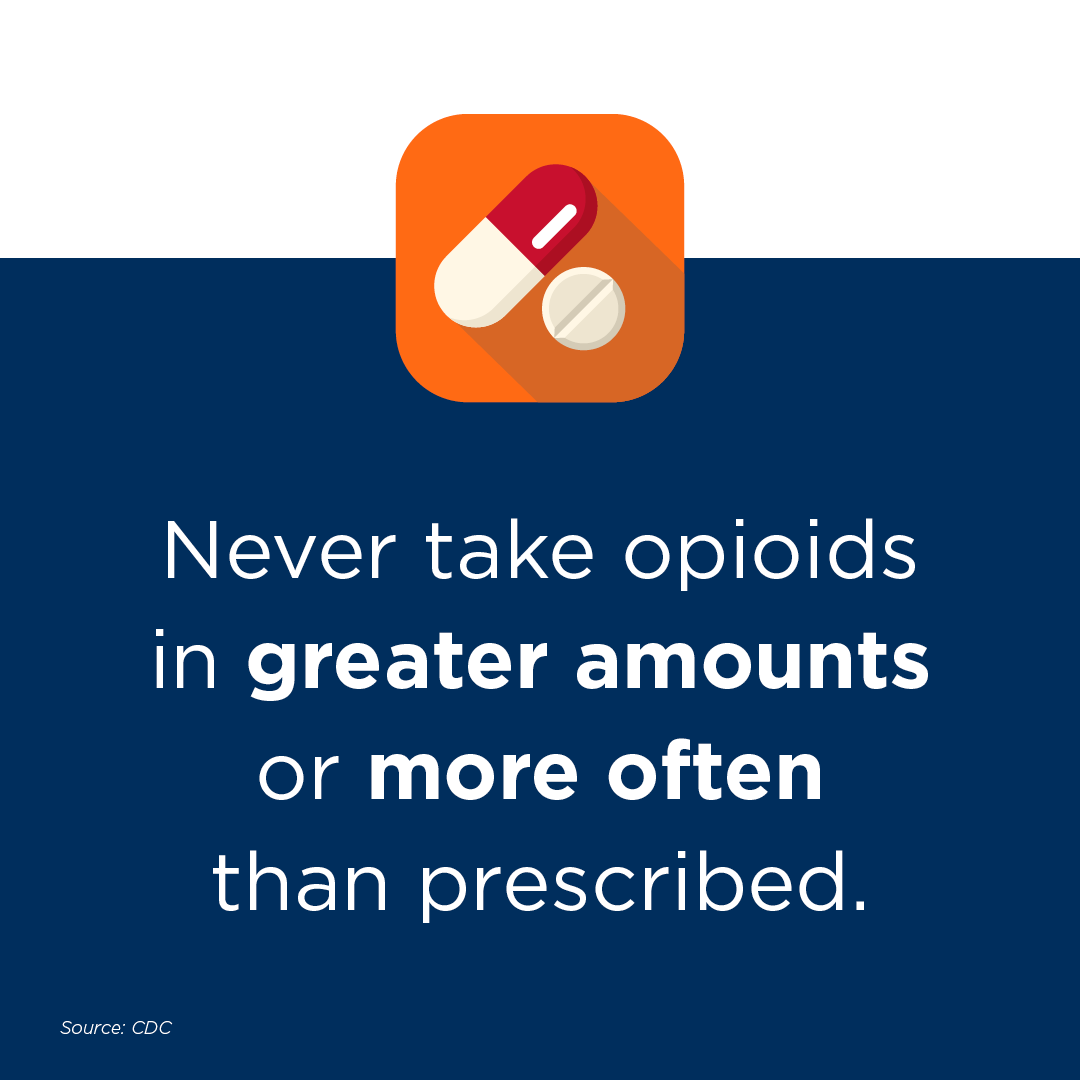Opioid Safety Resource Center

Opioid abuse is an ongoing epidemic that affects millions of people across all walks of life. In some cases, these prescribed medications may be the best treatment option for patients experiencing severe pain; however, their misuse can lead to opioid dependence and other serious, potentially deadly, health problems.
According to the CDC, there were over 106,000 drug overdose deaths in 2021, with all age groups experiencing an increase from 2020. Dealing with lingering effects of COVID-19 have inherently exacerbated the struggle with substance use disorder. Vulnerable populations are experiencing challenging times and therefore, intervention is imperative.
This resource center is dedicated to helping you educate yourself and your team on how to provide opioid support at your pharmacy. Community-level engagement is essential to the safe, effective use of prescribed opioid medications, and we believe that independent pharmacies are second to none when it comes to providing that kind of high-touch, compassionate care.
Trainings
The Good Neighbor Pharmacy team continually assesses third-party trainings on opioid safety and will update this section periodically with the latest education opportunities relevant to independent pharmacists. While we make every effort to review the quality of the trainings displayed here, please note that these links below are for external websites not affiliated with AmerisourceBergen. Good Neighbor Pharmacy and AmerisourceBergen make no representations about the accuracy or validity of these trainings and are not involved in, or responsible for, the creation or hosting of this content. When you click on a training below, a trusted third-party website will open in a new window for you to complete the training there.
Featured training
CDC Clinical Practice Guideline for Prescribing Opioids for Pain
This guideline provides recommendations for clinicians providing pain care, including those prescribing opioids, for outpatients aged ≥18 years. It includes recommendations for managing acute (duration of <1 month), subacute (duration of 1–3 months), and chronic (duration of >3 months) pain.
The guideline addresses the following four areas:
- Determining whether or not to initiate opioids for pain
- Selecting opioids and determining opioid dosages
- Deciding duration of initial opioid prescription and conducting follow-up
- Assessing risk and addressing potential harms of opioid use
This clinical practice guideline is intended to improve communication between clinicians and patients about the benefits and risks of pain treatments, including opioid therapy; improve the effectiveness and safety of pain treatment; mitigate pain; improve function and quality of life for patients with pain; and reduce risks associated with opioid pain therapy, including opioid use disorder, overdose, and death.
Resources
Peer Recovery Center of Excellence
Watch this helpful series of explainer videos to gain a stronger understanding of topics that are foundational to the recovery community, including recovery community organizations, peer support, recovery capital, and recovery-oriented systems of care. You can use these videos to help you develop a more holistic approach to caring for patients who are struggling with addiction.
Clicks to access: 1
Login requirements: None
Allied Against Opioid Abuse (AAOA) Pharmacy Toolkit
Access a comprehensive toolkit that contains dozens of resources to help you engage in important conversations with your patients and healthcare provider colleagues about prescription opioids and how you can work together to prevent opioid abuse and misuse.
Clicks to access: 1
Login requirements: None
Opioid Awareness and "SBIRT" Protocol Podcast
Hear Andrew Peterson, Executive Director, Substance Use Disorders Institute, and George Downs, Professor of Clinical Pharmacy, from the University of the Sciences dive deep into identifying and treating patients, motivational interviewing techniques, and behavioral change modeling, as well as strategies and techniques like the “SBIRT” protocol for addiction prevention.
Clicks to access: 1
Login requirements: None
Article
Opioid Overdose Prevention TOOLKIT
This toolkit offers strategies to health care providers, communities, and local governments for developing practices and policies to help prevent opioid-related overdoses and deaths. Access reports for community members, prescribers, patients and families, and those recovering from opioid overdose.
Eligible for: ACPE
Provided by: SAMSHA
Clicks to access: 1
Login requirements: None
Topics: care coordination; best practices; minimize risks; OUD; opioid use disorder; naloxone; overdose; patient facing
Article
Medications for Opioid Use Disorder For Healthcare and Addiction Professionals, Policymakers, Patients, and Families
This Treatment Improvement Protocol (TIP) reviews the use of the three Food and Drug Administration (FDA)-approved medications used to treat OUD—methadone, naltrexone, and buprenorphine—and the other strategies and services needed to support recovery for people with OUD.
Eligible for: ACPE
Provided by: SAMSHA
Clicks to access: 1
Login requirements: None
Topics: MAT; medication-assisted treatment; OUD; opioid use disorder
Article
Tips for Teens: The Truth About Opioids
This fact sheet for teens provides facts about opioids. It describes short- and long-term effects and lists signs of opioid use. The fact sheet helps to dispel common myths about opioids.
Eligible for: ACPE
Provided by: SAMSHA
Clicks to access: 1
Login requirements: None
Topics: minimize risks; patient facing
Article
Rx Pain Medications, Know the Options, Get the Facts: Prescription Pain Medication Agreement
The Rx Pain Medications. Know the Options. Get the Facts. is a series of 13 fact sheets designed to increase awareness of the risks associated with prescription opioid use and misuse, as well as to educate patients who are prescribed opioids for pain about the risks and to provide resources on methods for alternative pain management. This particular fact sheet focuses on the prescription pain medication agreement.
Eligible for: ACPE
Provided by: SAMSHA
Clicks to access: 1
Login requirements: None
Topics: pain management; patient agreement
Article
Rx Pain Medications, Know the Options, Get the Facts: What Are the Risks of Opioid Pain Medications?
The Rx Pain Medications. Know the Options. Get the Facts. is a series of 13 fact sheets designed to increase awareness of the risks associated with prescription opioid use and misuse, as well as to educate patients who are prescribed opioids for pain about the risks and to provide resources on methods for alternative pain management. This particular fact sheet focuses on the side effects and interactions of pain medication including opioid use disorder and overdose.
Eligible for: ACPE
Provided by: SAMSHA
Clicks to access: 1
Login requirements: None
Topics: minimize risks; patient facing; communication; safety; adverse effects; pain management
Article
Rx Pain Medications, Know the Options, Get the Facts: Dangerous Drug Interactions
he Rx Pain Medications. Know the Options. Get the Facts. is a series of 13 fact sheets designed to increase awareness of the risks associated with prescription opioid use and misuse, as well as to educate patients who are prescribed opioids for pain about the risks and to provide resources on methods for alternative pain management. This particular fact sheet focuses on the dangers of mixing opiates with other substances such as alcohol and benzodiazepines.
Eligible for: ACPE
Provided by: SAMSHA
Clicks to access: 1
Login requirements: None
Topics: minimize risks; patient facing; safety
Article
Rx Pain Medications, Know the Options, Get the Facts: Treating Overdose with Naloxone
The Rx Pain Medications. Know the Options. Get the Facts. is a series of 13 fact sheets designed to increase awareness of the risks associated with prescription opioid use and misuse, as well as to educate patients who are prescribed opioids for pain about the risks and to provide resources on methods for alternative pain management. This particular fact sheet focuses on using Naloxone as a deterrent to overdose.
Eligible for: ACPE
Provided by: SAMSHA
Clicks to access: 1
Login requirements: None
Topics: minimize risks; patient facing; nalaxone
Report
COVID-19 Pandemic Impact on Patients, Families, and Individuals in Recovery from Substance Use Disorders
Dig into the experiences of patients and impacted individuals in terms of the emotional and health consequences of COVID-19, overdose rates, and barriers in safely accessing care during the pandemic.
Provided by: Addiction Policy
Clicks to access: 1
Login requirements: None
Topic: Opioid safety and management
Interactive guide
Navigating Treatment and Addiction: A Guide for Families
Use this collection of articles to help your patients navigate the complex world of addiction and help loved ones achieve recovery.
Provided by: Addiction Policy
Time investment: 0.5 hours
Clicks to access: 1
Login requirements: None
Topic: Patient education, care planning and communication, opioid alternatives and exit strategies, opioid use disorder
Article
Naloxone Saves: A Harm Reduction Resource for North Carolina
Explore what type of patient education is required under the standing order of the State Health Director and find materials you can share.
Provided by: NC DHHS
Clicks to access: 1
Login requirements: None
Topic: Patient education, overdose signs and symptoms, naloxone
Article
An Overview of Naloxone for Pharmacists
Refresh your foundational knowledge of naloxone and the role you can play in the lives of your patients who are prescribed opioids.
Provided by: U.S. Pharmacist
Time investment: 0.33 hours
Clicks to access: 1
Login requirements: None
Topic: Patient education, overdose signs and symptoms, naloxone
Patient-facing PDF
Safe Use, Storage, and Disposal
Educate your patients with detailed instructions, key data, and links to additional resources to help patients make informed decisions about the storage and disposal of prescription opioids.
Provided by: AAOA
Time investment: 0.6 hours
Clicks to access: 1
Login requirements: None
Topic: Patient education
Patient-facing education resources





